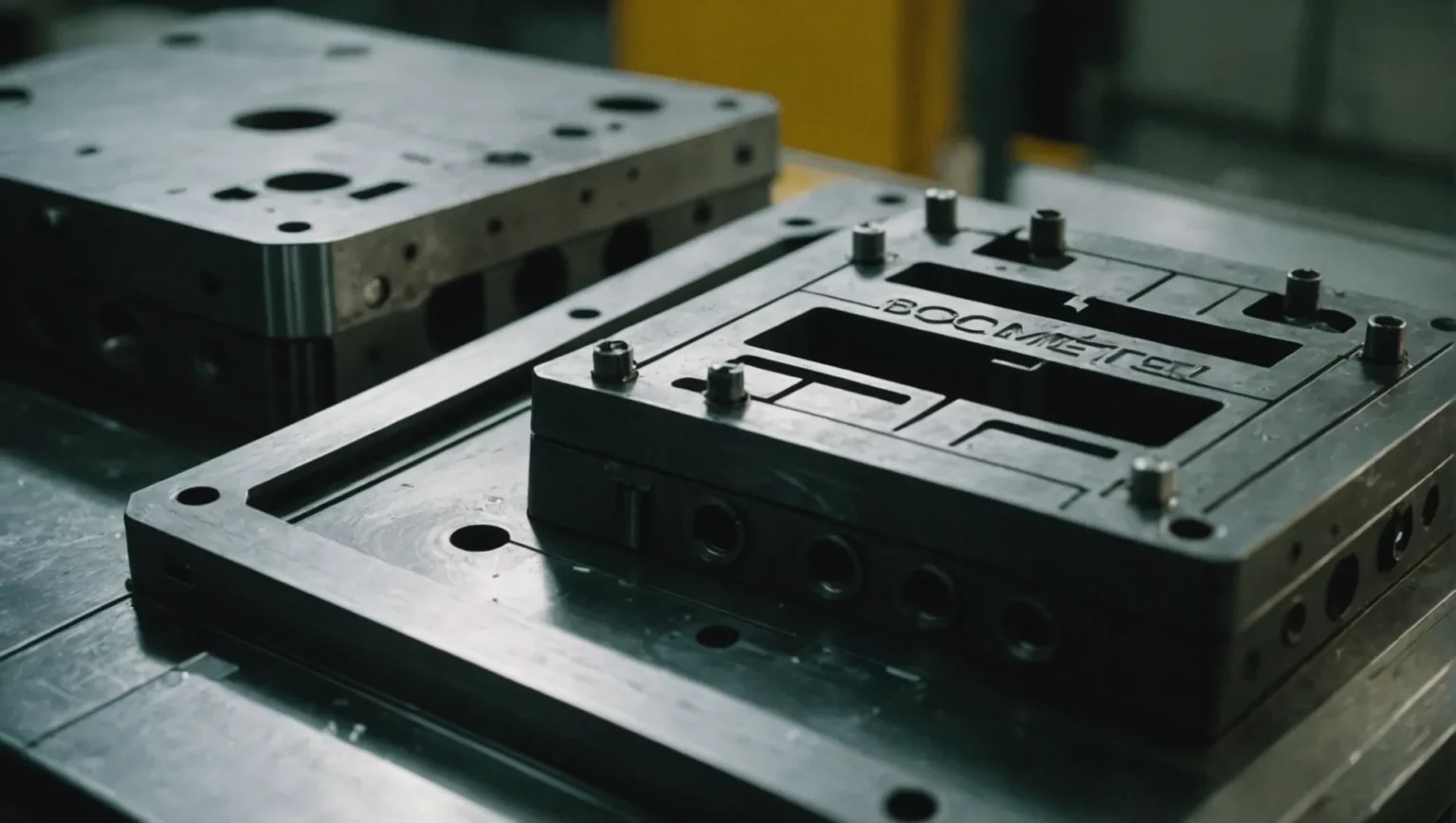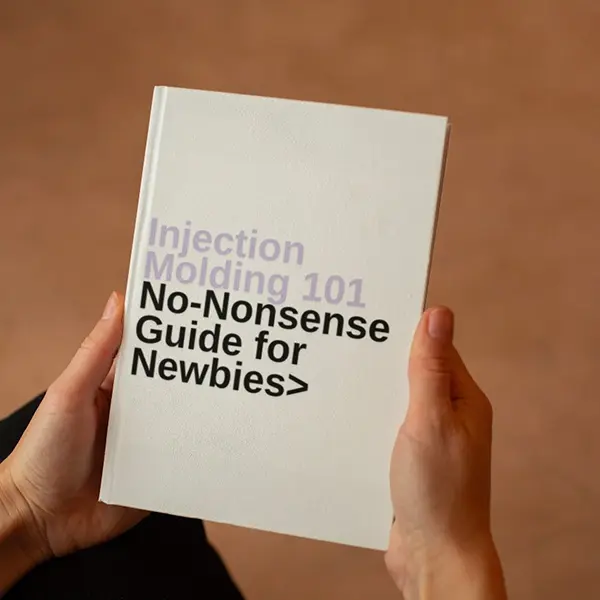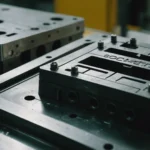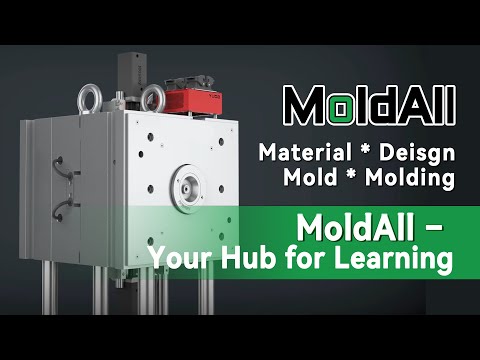
Injection molding is like the backbone of modern manufacturing, but mold wear can be its Achilles’ heel. Let’s dive into how this wear can throw a wrench into product quality and what we can do to keep everything running smoothly.
Injection mold wear affects product quality by decreasing dimensional accuracy, degrading surface finish, altering mechanical properties, and reducing production efficiency. To counteract these issues, implement strategies like optimizing mold design, selecting durable materials, and maintaining stringent process controls.
While we’ve touched on the significance of mold wear, let’s explore specific strategies that can truly transform your manufacturing processes. Trust me, the insights here are invaluable!
Mold wear reduces injection molded product's dimensional accuracy.True
As molds wear, cavity dimensions change, affecting product size.
What Are Common Defects Caused by Mold Wear?
Mold wear is a critical concern in manufacturing, leading to significant defects in products that can affect both functionality and aesthetics.
Mold wear commonly causes defects like reduced dimensional accuracy, surface imperfections, compromised mechanical properties, and lower production efficiency. These issues arise from changes in the mold’s cavity and core dimensions, surface damage, and increased stress concentrations within the product.

Impact on Dimensional Accuracy
As injection molds wear out, the precise dimensions of their cavities and cores may alter. This change is critical because products that are supposed to fit together perfectly might end up with misalignments. For instance, an automotive part designed to precise measurements could end up slightly larger or smaller, leading to assembly problems and impaired performance.
Dimensional deviations not only affect how well a part fits but can also lead to increased scrap rates. Manufacturers may need to spend additional resources on reworking or discarding improperly sized products, which impacts overall production efficiency1.
Surface Quality Deterioration
One of the most visible effects of mold wear is on the product’s surface quality. Wear can introduce defects like scratches, dents, or pitting. In industries where surface aesthetics are paramount, such as electronics or automotive manufacturing, these defects can lead to products failing quality inspections. Additionally, surface imperfections may compromise the corrosion and wear resistance of a product.
For high-end applications, maintaining a flawless surface finish often requires costly post-processing treatments or even complete scrapping of defective parts. Implementing strategies like regular mold maintenance can help reduce such occurrences.
Changes in Mechanical Properties
Mold wear doesn’t just affect aesthetics and dimensions; it also influences the product’s mechanical properties. Uneven wear can cause inconsistent wall thickness, weakening the structural integrity of the product. This inconsistency can lead to stress concentrations that diminish impact resistance and reduce fatigue life.
For example, in components that require high strength and rigidity, any decrease in these properties due to mold wear can result in premature failure during use.
Production Efficiency Challenges
Finally, mold wear often leads to increased cycle times and higher scrap rates. As molds degrade, they can become more challenging to demold, thus slowing down the entire injection molding process. This inefficiency results in higher operational costs and potential delays in production schedules.
Frequent repairs or replacements are necessary when molds become too worn, disrupting production and increasing downtime. By implementing preventive measures like material selection2 and optimized mold design3, manufacturers can mitigate these issues effectively.
Mold wear reduces dimensional accuracy of products.True
Wear alters mold dimensions, causing size deviations in products.
Mold wear improves the surface quality of products.False
Wear causes surface defects like scratches and pitting.
How Can Material Selection Improve Mold Longevity?
Selecting the right materials for molds is pivotal in extending their lifespan and ensuring efficient production.
Material selection significantly enhances mold longevity by choosing high-hardness, wear-resistant materials like alloy steel or carbide, optimizing thermal stability and corrosion resistance.

The Role of Material Selection
The choice of material in mold construction is paramount in extending the lifespan of molds used in injection molding processes. Materials like high-quality alloy steel and cemented carbide are renowned for their hardness and wear resistance, making them ideal for this purpose. These materials ensure that molds can withstand the rigors of continuous use, thereby minimizing wear and tear.
For instance, high-hardness materials resist the mechanical stresses experienced during the molding process, reducing the likelihood of deformation or surface damage. This is crucial for maintaining the precision and integrity of molded parts, which in turn affects the overall quality and performance of the finished products. Selecting a mold material with appropriate thermal stability4 ensures it can withstand the thermal cycles involved in injection molding without significant degradation.
Corrosion Resistance Matters
Corrosion resistance is another critical factor when selecting mold materials. In environments where molds are exposed to moisture or corrosive chemicals, materials with high corrosion resistance are essential to prevent surface deterioration and extend mold life. For example, stainless steel alloys are often chosen for their superior resistance to rust and corrosion, making them suitable for molds used in harsh environments.
Adapting to Different Working Conditions
Different injection molding applications may require specific material characteristics based on the working environment. For example, molds used in high-temperature processes may benefit from materials that maintain structural integrity under intense heat. Conversely, molds that encounter abrasive or corrosive substances might require coatings or surface treatments to enhance durability.
Optimizing Performance Through Material Choices
By selecting materials that align with the specific demands of the molding process, manufacturers can significantly enhance mold performance. This not only extends the life of the mold but also maintains product quality over longer production runs, reducing downtime and improving efficiency.
In summary, thoughtful material selection5 is a fundamental strategy in enhancing mold longevity. By choosing materials that offer high hardness, wear resistance, and thermal stability, manufacturers can mitigate the adverse effects of mold wear and ensure consistent product quality.
Alloy steel improves mold longevity by resisting wear.True
Alloy steel's high hardness and wear resistance extend mold life.
Corrosion resistance is irrelevant for mold materials.False
Corrosion resistance prevents deterioration, crucial for mold durability.
What Role Does Process Control Play in Mitigating Mold Wear?
In the intricate world of injection molding, controlling the process can significantly mitigate mold wear, ensuring longevity and efficiency.
Process control in injection molding plays a crucial role in mitigating mold wear by regulating parameters such as temperature, pressure, and speed, which reduces excessive stress and prolongs mold life.
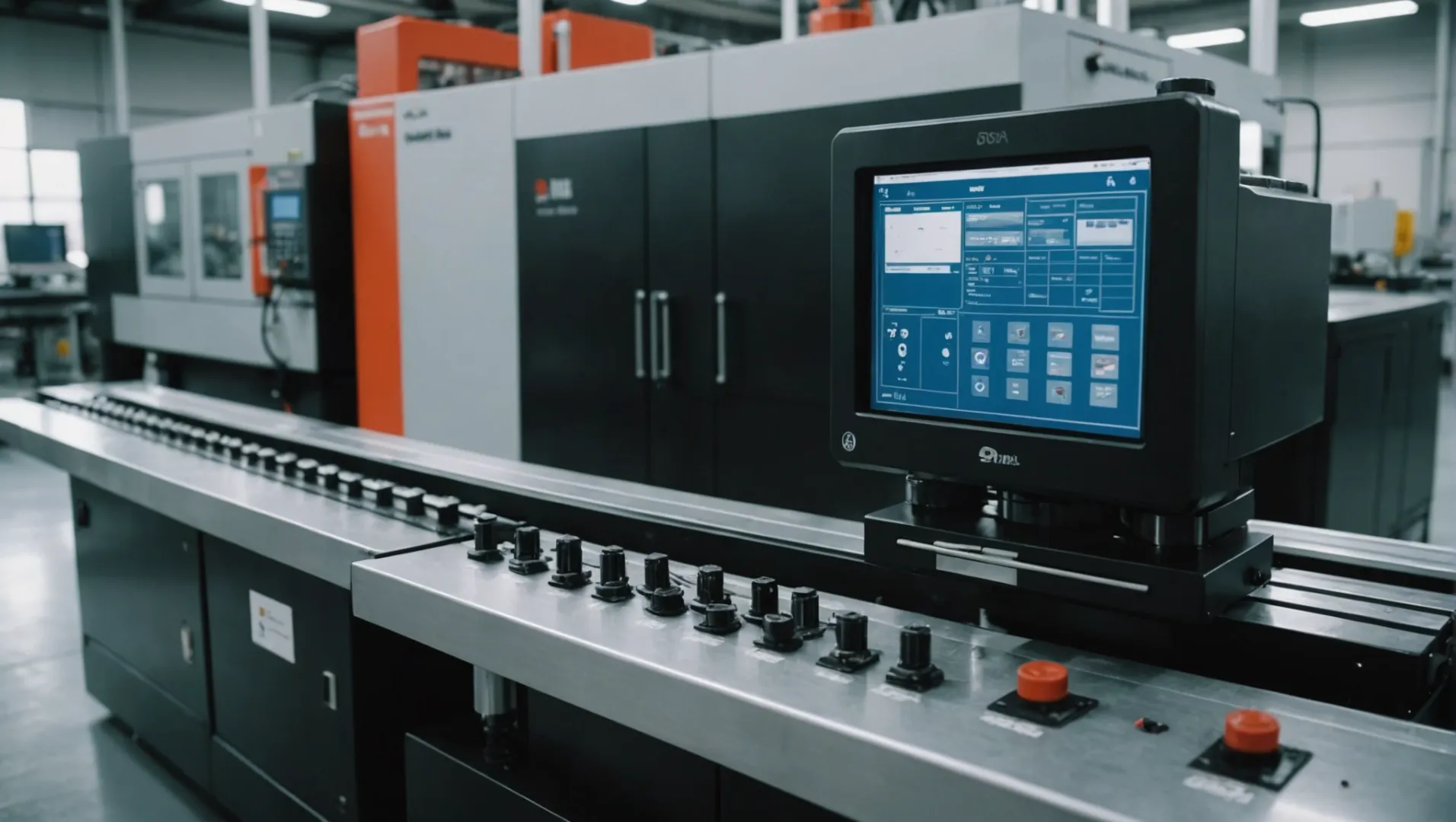
Understanding Process Parameters
One of the primary aspects of process control6 is the management of key parameters like temperature, pressure, and speed. Precise control over these variables helps to prevent excessive stress on the mold, reducing the likelihood of wear.
- Temperature: Maintaining an optimal temperature range is vital. If the temperature is too high, it can cause thermal expansion, leading to increased friction and wear. Conversely, a temperature that’s too low can lead to improper material flow, increasing stress on the mold.
- Pressure: Excessive injection pressure can accelerate mold wear by creating undue force on mold surfaces. By carefully adjusting the pressure settings, manufacturers can minimize these stresses.
- Speed: The speed of the injection process also plays a critical role. High speeds can result in faster wear due to increased friction, while slower speeds may not fill the mold properly, leading to defects and increased cycles.
Implementing Advanced Monitoring Systems
Advanced monitoring systems are crucial in maintaining accurate process controls7. By integrating sensors and real-time data analytics, manufacturers can detect anomalies early and make adjustments before they escalate into significant issues.
Benefits of Monitoring Systems
| Benefit | Description |
|---|---|
| Real-time Alerts | Instant notifications of deviations from set parameters. |
| Data Analytics | Helps in understanding trends and predicting potential wear points. |
| Preventative Maintenance | Enables timely maintenance based on actual wear patterns. |
Importance of Material Selection
While process control plays a significant role, it works best in tandem with careful material selection. Using materials with appropriate flow characteristics ensures minimal friction and wear during the injection process.
- Material Viscosity: Selecting materials with the right viscosity is essential. High viscosity materials require more pressure to fill molds, potentially increasing wear.
- Thermal Stability: Materials that maintain stability under varying temperatures reduce thermal stress on molds, complementing controlled process environments.
Regular Calibration and Equipment Maintenance
Process control isn’t only about setting parameters; it also involves regularly calibrating equipment to ensure accuracy. Well-maintained machinery operates smoothly and within set parameters, further reducing wear.
Regular maintenance includes:
- Inspecting and cleaning mold components.
- Checking for signs of wear or damage.
- Ensuring lubrication systems are functioning correctly.
By combining precise process control with regular maintenance and strategic material selection, manufacturers can significantly mitigate mold wear and enhance the quality of their products.
Process control reduces mold wear in injection molding.True
Controlling parameters like temperature and pressure mitigates stress, reducing wear.
Ignoring process parameters increases mold longevity.False
Neglecting key parameters causes excessive stress, accelerating mold wear.
How Does Regular Maintenance Prevent Quality Issues?
Regular maintenance in manufacturing is crucial for preventing defects and ensuring product consistency. Learn how it safeguards quality.
Regular maintenance prevents quality issues by identifying and addressing mold wear early, ensuring dimensional accuracy, surface integrity, and mechanical stability of products. Implementing a structured maintenance plan, alongside operator training and timely repairs, ensures sustained production efficiency and quality.

The Role of Regular Maintenance in Ensuring Dimensional Accuracy
Injection molds undergo wear over time, which can alter the dimensions of the mold cavity. This wear affects the final product’s size and fit, potentially leading to assembly issues or performance failures. Regular maintenance helps in catching these deviations early.
Implementing a scheduled maintenance plan allows for:
- Routine inspections of mold cavities to ensure they retain their intended dimensions.
- Immediate corrective actions such as polishing or machining to restore accuracy.
- Reduced scrap rates and enhanced reliability of assembled products.
Explore more on dimensional accuracy challenges in injection molding8.
Maintaining Surface Quality Through Routine Checks
Surface quality is paramount, especially for industries requiring aesthetic perfection, such as automotive and electronics. Mold wear can introduce surface defects like scratches and pitting, which not only tarnish appearance but also affect functional attributes like corrosion resistance.
Regular maintenance prevents these issues by:
- Employing non-destructive testing methods to identify surface flaws.
- Scheduling periodic polishing and cleaning to remove minor abrasions.
- Using advanced surface treatment techniques to extend mold life.
Learn about surface defect prevention methods9.
Enhancing Mechanical Properties with Timely Interventions
The mechanical properties of molded products can be compromised by uneven wall thickness or stress concentrations due to mold wear. Regular maintenance plays a crucial role in maintaining these properties by:
- Ensuring even distribution of materials during molding through consistent inspections.
- Addressing any wear-induced irregularities before they impact product performance.
For more on maintaining mechanical integrity in injection molding10.
Increasing Production Efficiency with Strategic Maintenance
Mold wear not only affects product quality but also hampers production efficiency. Difficulties in demolding or increased scrap rates can disrupt production schedules. Regular maintenance minimizes these issues by:
- Ensuring smooth demolding processes through regular lubrication and part replacement.
- Reducing downtime by preemptively repairing or replacing worn molds.
- Training operators on best practices for mold care and maintenance.
Find out how maintenance strategies boost production efficiency11.
Regular maintenance ensures dimensional accuracy in products.True
Routine inspections catch mold wear early, maintaining intended dimensions.
Surface defects cannot be prevented with regular maintenance.False
Maintenance includes polishing and cleaning to prevent surface flaws.
Conclusion
By understanding and addressing injection mold wear, we can uphold high product standards. Embracing these strategies not only enhances quality but also ensures consistent manufacturing success.
-
Explore how mold wear impacts manufacturing speed and cost.: Investing in durable molds not only improves the overall production process but also leads to higher-quality output. Remember, maintaining clean … ↩
-
Learn about durable materials that extend mold life.: If you need something a little tougher than ABS or able to withstand a little higher temperature, try polycarbonate (PC). PC is less forgiving than ABS if you … ↩
-
Discover design strategies to minimize mold wear.: Navigate these challenges to improve design, shorten production time, and reduce costs on molded parts · 1. Avoid Non-Uniform Wall Thickness for Molded Parts · 2. ↩
-
Learn how thermal stability affects mold performance.: Beyond the level of crystallinity, the advantages of utilizing hot molds includes improved high-temperature dimensional stability, increased heat deflection … ↩
-
Explore top material choices for extending mold lifespan.: If you need something a little tougher than ABS or able to withstand a little higher temperature, try polycarbonate (PC). PC is less forgiving than ABS if you … ↩
-
Explore how process parameters influence mold wear management.: Injection molding process monitoring and process control can help you achieve several goals: improved process quality, higher-quality products and lower … ↩
-
Discover how monitoring systems enhance process control effectiveness.: Kistler offers sensors to monitor cavity pressure and temperature in the injection molding process – the fundamental basis for efficient monitoring and control. ↩
-
Discover common dimensional issues and their impact on product quality.: Inconsistent molding conditions or improper operation · Improper selection of molding materials · Improper product design or mold structure design. ↩
-
Learn techniques to prevent surface defects in molded products.: Defect Prevention is basically defined as a measure to ensure that defects being detected so far, should not appear or occur again. ↩
-
Explore methods to preserve mechanical properties during molding.: Performing fundamental maintenance inspections frequently assures press longevity and process stability. Here’s a checklist to help you stay on top of seven … ↩
-
Understand how strategic maintenance enhances manufacturing output.: 1. Optimize the frequency of your PMs · 2. Identify machines that can be maintained while running · 3. Make equipment capabilities transparent and … ↩

